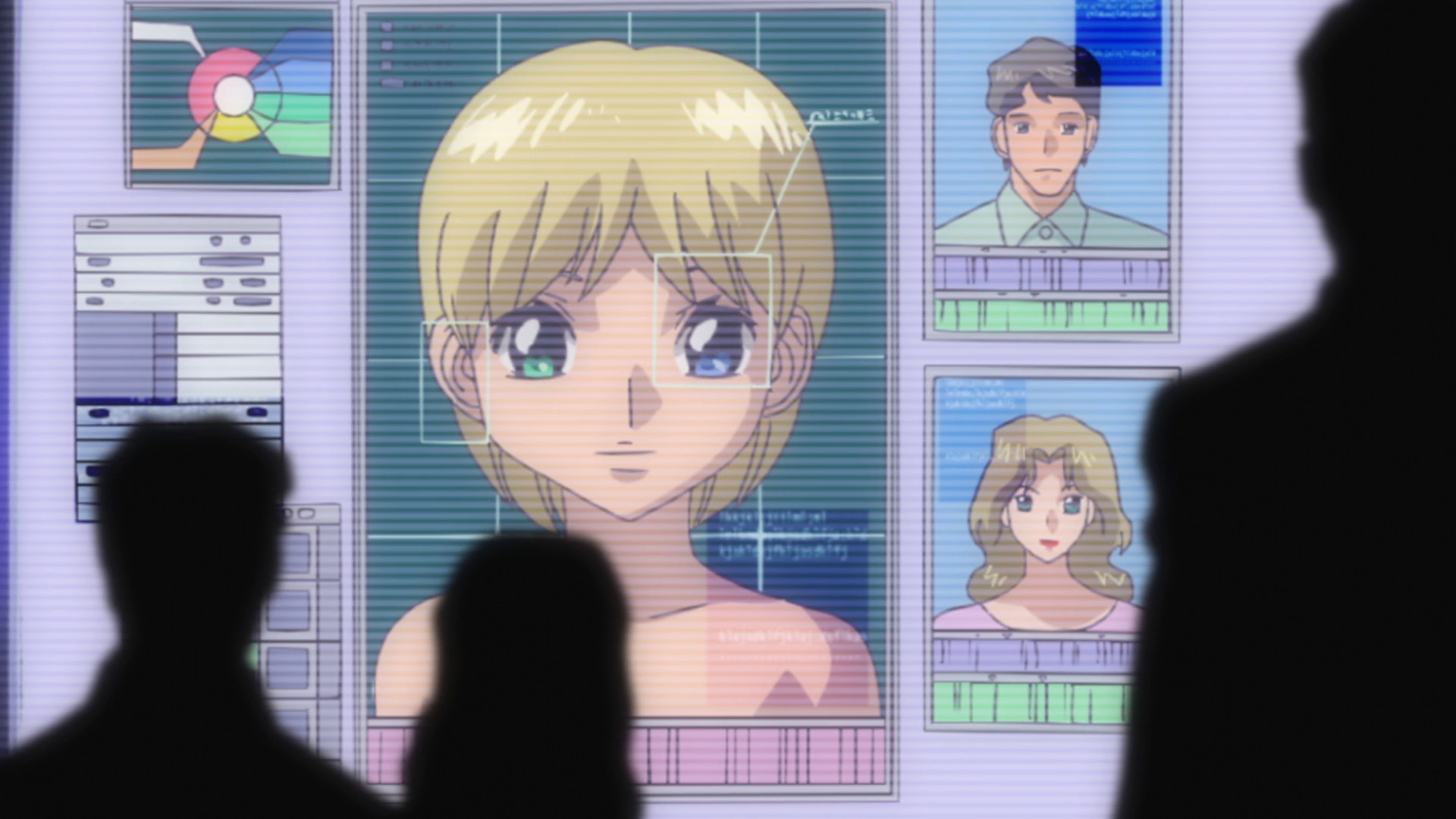Biotechnology, as Professor Vesna introduced in the video for this week, is full of controversy and undefined things. People are curious about biotechnology, but also are afraid of it, because they know only a small corner of whole map. Biotechnology remains unknown to most of the public and this mysterious characteristic amplifies the concern of people about its research and application. Artistic expressions of biotechnology, as one of the applications of it, induced both inspiration and criticism.
Art work normally means creation, which is generally accepted as a good thing except under this special context – biotechnology. Public opinions have not yet decided whether "life" should be proprietary to some higher beings, possibly the God. Many people believe that human beings should not modify life forms, viewing the modification as profanity. Others are concerned about potential biological disaster without proper control and regulation of the usage of biotechnology. Imagine a plant which could transmit virus via its fruit. How frightening would that be? It may be a extreme example, but the core problem – safety – remains unchanged. For example, transgenesis technology allows farmers to grow crops that are more productive and more resistant to crop diseases. However, the public are questioning if genetically modified food could cause human diseases like cancer. The public medias are also deliberately informing people this kind of ideas by using cartoons or exaggerated pictures, like those shown below.
 |
| Figure 1: Negative propaganda of GM tomatoes |
 |
| Figure 2: Another negative propaganda |
The existence of "outlaws" makes the regulation harder to implement. From an essay called "Meanings of Participation: Outlaw Biology?", the will of participation in biotechnology gives birth to homelabs and "rogue biologists". In 2004, Art professor Steve Kurtz was arrested because FBI found biological equipment at his home after he reported the death of his wife. Although I personally believe professor Kurtz knew what he's doing, we are not assured that every artist or owner of homelabs know what they are doing. Even if they know, are they prepared for the potential outcomes of the experiment?
 |
| Figure 3: Scientists operating child's gene in Gundam SEED |
The Japanese cartoon Mobile Suit Gundam SEED depicts a world in which human beings are divided into two groups – genetically unmodified people called "Naturals" and genetically modified people called "Coordinators". In the cartoon, the Coordinators own superior abilities to Naturals because of their enhanced genes. This gap between the two groups generate sharp social conflicts. Naturals are jealous of Coordinators' ability and expel them from the Earth. After that, Naturals even nuked Coordinators' colonial satellite. Under this situation, war was born. This cartoon warns us to be cautious about the regulation of biological technologies.
References
Vesna, V. "Art + Biotech BiotechLecture Video." UCOnline.
"Meanings of Participation: Outlaw Biology." UCOnline.
"Genetically Modified Food." <http://www.misija.com/gmo/vy/15/genetically-modified-food>
"The Biggest Concerns About Genetically Modified Food Aren't Really About GMOs." <http://www.lifehacker.com.au/2015/05/the-biggest-concerns-about-gmo-food-arent-really-about-gmos/>
"Coordinators." <http://gundam.wikia.com/wiki/Coordinators>



No comments:
Post a Comment